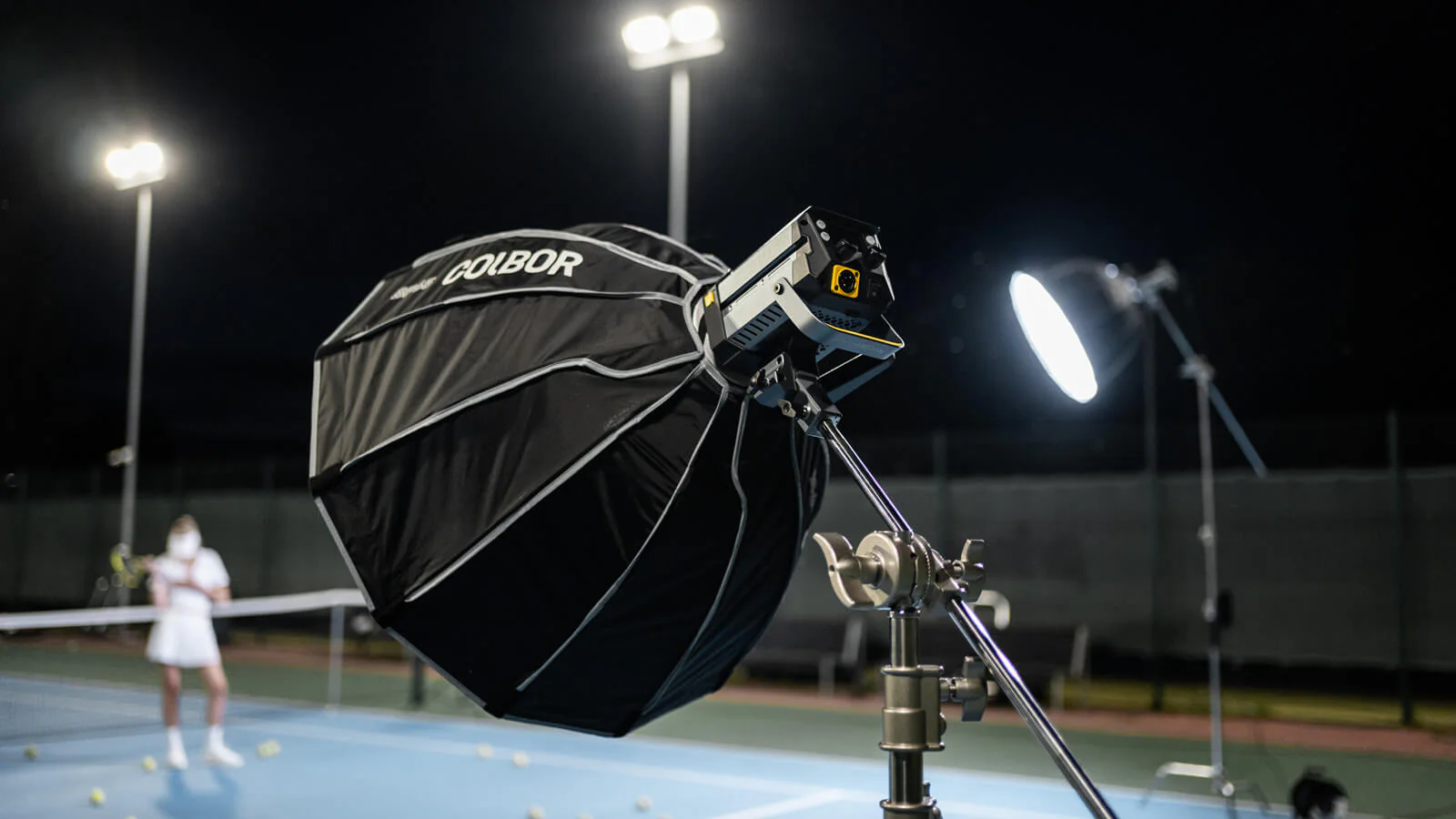How to get soft light in photography and film?

Good lighting plays a pivotal role in photography and filmmaking. Even amateur photographers understand the importance of light in capturing great shots. We often hear phrases like "don't stand against the light" or "walk more into the light" from beginners. However, there is more to lighting than meets the eye. In this article, we will discuss the concept of hard and soft lighting, along with various types of light used in photography and film.
Exploring Hard and Soft Light
Hard and soft light are fundamental divisions of light in photography and film. Hard light is characterized by distinct and sharply defined shadows. It is commonly seen when the light source is small in relation to the subject. Photographers, particularly those working with portraits, tend to avoid hard light as it accentuates imperfections. To work with hard light effectively, one must have a specific vision where sharp contrasts and shadows serve a purpose.
On the other hand, soft light, also known as diffuse lighting, is widely used in photography and film. Soft lighting requires the use of a "filter" to achieve its desired effect. In nature, soft light is created by clouds reflecting the sun's rays in different directions. In a smaller setting, softness is achieved through the use of diffusers, which alter the angle of light hitting the subject. This results in uniformity and minimizes harsh shadows. However, soft light can sometimes appear too flat.
Read more: How to Install LED Rock Lights
Understanding Additional Types of Light
As you delve deeper into photography, you will come across various terms and types of light. Familiarizing yourself with these terms will enhance your understanding and ability to use different lighting options effectively. Here are a few additional types of light you should be aware of:
Ambient Light
Ambient light, also known as natural light, is the existing light in a scene that is not controlled by the photographer. It can be sunlight, streetlights, or indoor lighting.
Added Light
Added light refers to any light source that a photographer or filmmaker introduces to a scene, apart from the ambient light. Examples include flash and studio lighting.
Read more: How LED Lights Save You Energy and Money
Reflected Light
Soft light is often achieved by bouncing it off a surface, such as a reflector, umbrella, or diffuser. Even a white ceiling can be used to create soft, reflected light, which helps reduce shadows and glare.
Flat Light
Excessive diffuse lighting can result in flat light, where details and depth in the frame are lost. While flat light can be desirable in certain situations, it is generally considered uninteresting.
Read more: Liquid Detected in Lightning Connector
Types of Light in Studio Photography
In the realm of studio photography, there is another popular division based on the role of different light sources. Aspiring photographers often consider investing in a set of lights to enhance their skills. The four basic types of light commonly used in studio photography are:
- Main (Key) Light
- Fill Light
- Cut-off (Contrast) Light
- Effect or Background Lighting
While it is not mandatory to have all four lights, they offer various possibilities and creative opportunities. Some photographers achieve stunning results with just one or two lights. However, learning to work with a smaller setup and expanding over time is often recommended. By experimenting and gaining experience, you can create remarkable photos and videos.
In conclusion, understanding the characteristics of hard and soft light, along with other types of light, is crucial for photographers and filmmakers. Choosing the right lighting setup and modifiers can greatly enhance your creative output. Experimentation and continuous learning will further refine your skills in utilizing various lighting techniques.
Read more: Light Hanukkah Candles
Frequently Asked Questions
1. What is the difference between hard light and soft light?
Hard light creates distinct and sharply defined shadows, while soft light produces more uniform lighting with minimal shadows.
2. How can I achieve soft light without additional accessories?
Soft light can be achieved by utilizing natural light sources, such as shooting during cloudy weather, or by bouncing light off reflective surfaces like walls or ceilings.
3. What are some common modifiers used to soften light?
Diffusers, reflectors, umbrellas, and softboxes are commonly used modifiers to soften light and create a more diffused lighting effect.
4. Is soft light always preferable in photography?
Soft light is commonly used in many photography genres as it tends to be flattering and minimizes imperfections. However, there may be situations where hard light is intentionally desirable for dramatic effects or creative purposes.
5. Can I achieve professional-quality lighting with a minimal setup?
Yes, with proper understanding and techniques, you can achieve professional-quality lighting using a minimal setup. Experimentation and practice are key to mastering and maximizing the potential of any lighting equipment you have.
Follow for more: Dawn Russell
- Art
- Causes
- Crafts
- Dance
- Drinks
- Film
- Fitness
- Food
- Giochi
- Gardening
- Health
- Home
- Literature
- Music
- Networking
- Altre informazioni
- Party
- Religion
- Shopping
- Sports
- Theater
- Wellness
- IT, Cloud, Software and Technology


